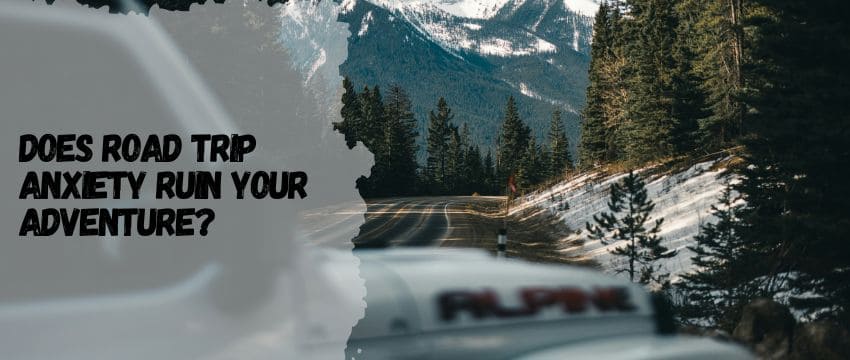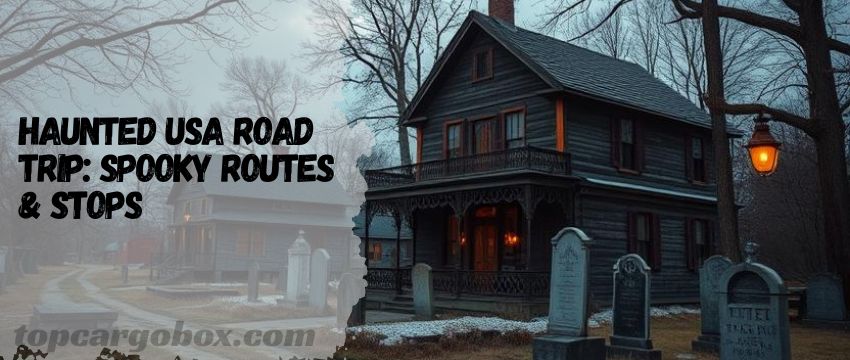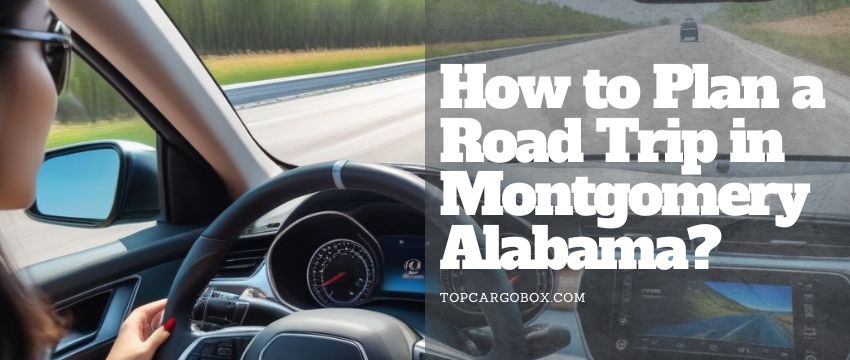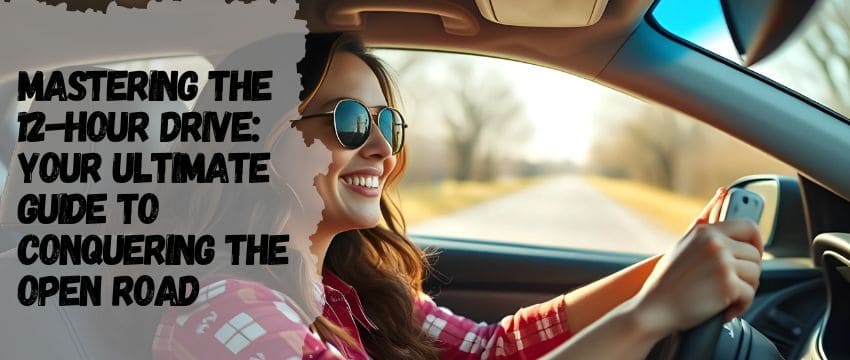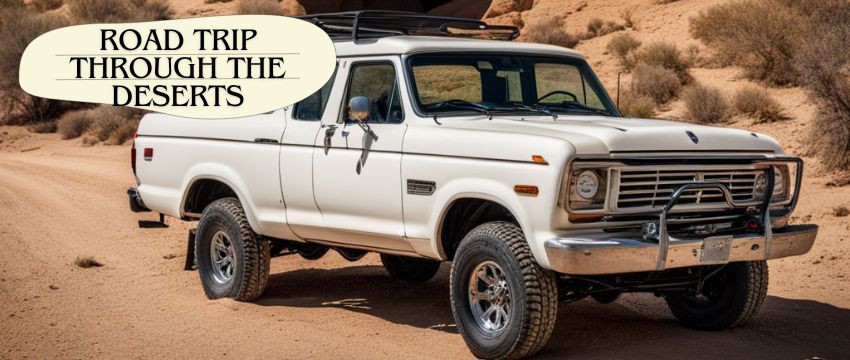What’s up, road warrior? You’ve been dreaming about that cross-country drive for months—windows down, playlist bumping, and endless freedom. But now that it’s time to hit the gas, your brain’s doing donuts. Will the car break down? What if I get lost? Am I gonna lose my cool in traffic? Let’s unpack why road trips stir up anxiety and how to keep it from hijacking your vibe.
The Love-Hate Relationship With Road Trips
Why Road Trips Feel Like a Rollercoaster
Road trips are supposed to be fun, right? But let’s get real—planning routes, budgeting for gas, and dealing with backseat drivers can turn your zen drive into a stress marathon. Over 70% of road trippers admit they’ve felt overwhelmed by unexpected detours or tight schedules. And hey, when you’re stuck in bumper-to-bumper traffic for hours, even your favorite podcast can’t save your mood. The mix of excitement and “what-ifs” creates a mental tug-of-war. You’re not imagining it: the brain hates uncertainty, and road trips are basically uncertainty on wheels.

The Science Behind Travel Anxiety
Your amygdala—the brain’s alarm system—goes into overdrive when it senses unfamiliar territory. Studies show 1 in 3 people experience heightened stress during long drives because of this primal “danger” response. Add motion sickness, dehydration, or sleep deprivation, and your body starts screaming, “Abort mission!” Even small stuff, like arguing over pit stops, floods your system with cortisol. The good news? Understanding this biology helps you hack back. Spoiler: Snacks, naps, and playlists are legit weapons.
Triggers That Turn Your Joyride Into a Nightmare
Fear of the Unknown (and Google Maps Glitches)
Ever had your GPS yell “recalculating” while you’re halfway across a bridge with no exits? Yeah, that’s panic fuel. Roughly 45% of drivers say navigation fails are their top road trip stressor. Then there’s the fear of breakdowns in dead zones—nobody wants to play mechanic in the middle of nowhere. And let’s not forget the pressure of being the “responsible driver” for hours. It’s exhausting pretending you’re chill when you’re low-key sweating through your seat.
Social Dynamics: When Passengers Become Frenemies
Family sing-alights? Cute for five minutes. After hour three, Uncle Bob’s off-key rendition of “Sweet Caroline” feels like a war crime. Surveys reveal 60% of road trippers argue over music, temperature, or snack stops. Couples? A whopping 25% admit to relationship tension mid-drive. Sharing a cramped space tests even the strongest bonds. Pro tip: Agree on a “quiet hour” or swap DJ duties—it’s survival, not democracy.
How to Prep Like a Pro (and Dodge Disaster)
Build a “Worry-Proof” Road Trip Plan
Start by ditching the perfect itinerary fantasy. Road trips with flexible schedules reduce anxiety by 40%, according to travel experts. Map backup routes, highlight rest stops, and pack an emergency kit (jumper cables, blankets, protein bars). Charge your devices, but bring old-school paper maps—because tech fails. And hey, budget extra cash for surprise tolls or that quirky roadside attraction you have to see. Overprepare, then forget perfection.
Mental Tricks to Stay Calm Behind the Wheel
Deep breathing isn’t just for yoga class. When traffic’s a nightmare, inhale for 4 seconds, hold for 7, exhale for 8—it resets your nervous system. Distract your inner critic with car games or audiobooks. Drivers who listen to engaging content report 30% lower stress levels. And if you’re feeling fried, pull over. A 10-minute walk or stretch session works wonders. Remember: You’re the boss of this ride, not your anxiety.
When to Say “Nope” to the Open Road
Red Flags Your Car (or Mind) Isn’t Road-Ready
Is your check engine light blinking like a rave strobe? Forget it—get that fixed first. Skipping maintenance increases breakdown risks by 200%. Same goes for your mental health: If you’re already burnt out, a solo drive through Death Valley won’t help. Listen to your gut. Chronic pain or recent surgery? Long sits can worsen blood clots or back issues. Sometimes, the bravest move is postponing.

Alternatives That Save Your Sanity
If road tripping sounds like a horror movie, try a train journey or fly-drive combo. You’ll skip the highway grind but still explore freely. Or plan shorter day trips to build confidence. Weekend getaways reduce travel anxiety for 65% of newbies. RVs or camper vans? They let you control your environment—nap, cook, or hide from Uncle Bob anytime. Adventure doesn’t have to mean misery.
Road Trip Anxiety: By the Numbers
Feature | Specification |
|---|---|
Top Stress Triggers | Navigation issues, traffic, breakdowns |
Average Anxiety Peak | Hour 3 of driving |
Recommended Stop Frequency | Every 2 hours for stretching |
Common Coping Tools | Playlists, snacks, breathing exercises |
High-Risk Groups | New drivers, chronic pain sufferers |
FAQs: Your Road Trip Survival Cheat Sheet
What’s the safest way to brake?
Ease into stops—no sudden slams. Modern cars have ABS, so press firmly and let the system pulse for you. Downshift if you’re driving manual to avoid overheating brakes. Keep a 4-second gap from the car ahead. Practice in empty lots if you’re rusty.
How often should you stop to avoid blood clots?
Take a break every 2 hours. Walk for 5-10 minutes, stretch your legs, and hydrate. Compression socks help if you’re prone to swelling. Avoid crossing legs or sitting stiffly. If you’ve got circulation issues, ask your doc for tips.
When should you not take your car on a road trip?
Skip it if your tires are balder than a tennis ball or the engine’s making grunt noises. Recent floods or snowstorms? Postpone. Feeling feverish or dizzy? Swap drivers. Your car (and brain) need a solid foundation.
Is a 4-hour drive bad for your car?
Nah, most cars handle 4 hours fine if they’re maintained. Check oil, coolant, and tire pressure first. Highway driving’s actually easier on engines than stop-and-go traffic. Just don’t push an older car past its limits without a mechanic’s thumbs-up.
At what point should you not drive?
If you’re squinting to read signs, swerving between lanes, or yawning nonstop, pull over. Drowsy driving is as risky as drunk driving. Same goes for severe pain, emotional meltdowns, or blurry vision. Live to drive another day.
Final Word
Road trips can be epic—or end in tears. But with the right prep and mindset, you’ll tackle the chaos like a pro. Remember: It’s not about the destination; it’s about laughing at the detours. Now go crush that open road! 🚗💨
Our team is creating outdoor-gear relevant articles with passion. If our articles can help you to find the correct solutions for your questions, we will be happy about that. In the content creation process, we usually collect accurate and useful information online or offline to compile our content in an organized way. Consequently, we can guarantee that you can discover some expected answers to your questions. We appreciate your time on our site.

